
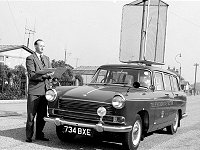

|
 |
|
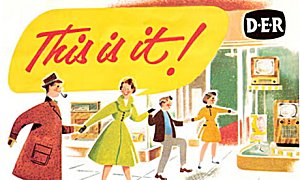 |
From the Observer
archive, 8th May 1960: How to buy a television set - the editor of the Consumers'
Association journal Which? lays out the pitfalls of shopping for your first
TV: There are about 30 brands of television sets on the market. They can be table model, console or portable, vary in size of screen, and be with or without a VHF radio. How does one choose? The radio question is simple: if you want it, you pay £4 - £6 more for the set. The question of size is simple too: the bigger the better, but it costs more. Most of us buy the 17in (£65 - £70 for the set), while most Americans buy the 21in (over here, £80-£90). The console models (standing on the floor) are more expensive than the table or portable – for which, anyway, you can usually get legs or tables as optional extras – and are less popular. Portables are lighter, slimmer and cheaper than table models. This leaves the most important question – which brand? Which will give the best picture, the best sound? Which will be the most reliable? Which? is publishing this week the results of tests on 17in table models, with descriptions of the brands which give the best picture and the best sound. There appears to be a closer correlation between price and quality in TV sets than in most of the other goods with which we have dealt so far. Reliability, however, is far more difficult to assess than quality of sound or picture. It varies not only between brands but between different models made by the same firm and different samples of the same model. Most shopkeepers handle only a few brands. Buy from one of the firms' appointed agents. He may not be the most distinguished retailer in the district, but he will know most about the foibles of the set you want. Do not, obviously, buy the set which has been switched on in the window for the past month, entertaining the neighbourhood. It will be virtually secondhand. Do not, on the other hand, insist on a crated, sealed set delivered on your doorstep. This would mean that the retailer's service engineer had had no chance to check and adjust it. |
The best plan, if you have the nerve, is to get the retailer to open a sealed crate in the shop, note the serial number of the set from the back panel and check you have the same set when it is installed in your house. Make sure before you buy that the man who is selling you the set is interested in installing it properly. Then, later on, it will be serviced properly. But the buyer has to give time and interest also. Half an hour on a Saturday morning cannot be expected to get good results for anyone. A television should last for five to seven years, but not without trouble. The best person for the servicing is usually the original retailer, changed (to another agent of the maker) if he is not quick, efficient and cheap. Valves are guaranteed for three months, tubes for a year. New tubes cost £10-£15, re-gunned ones £5-£10, plus installation charges. Re-gunned tubes have been on the market for too short a time to generalise about their length of life. Servicing charges are about 13 shillings an hour for the engineer's time. Always ask for an itemised bill and expect to pay £30 to £60 in service and replacement charges over five to seven years. Consider a contract maintenance scheme. They sometimes have varying premiums – more as the sets get older. Most average about £8 a year. If the set lasted for five years, this would be £40 – i.e. less than you would pay otherwise if you were unlucky with your set, more than if you were lucky. Telesurance Ltd have a similar scheme. Many firms rent sets and two – Radio Rentals and Domestic Electric Rentals – operate all over the country. With these, it costs roughly £100-£110 to rent for five years and you get free servicing. If you buy a set which lasts for five years, renting and buying cost about the same. If your set lasts for seven years, renting costs more. As regards the appearance of the set, out of some 30 firms making televisions, only seven feature in the Council of Industrial Design's Design Index. Since they are an essential piece of the living-room furniture in so many of our homes, this seems a little sad. |
|
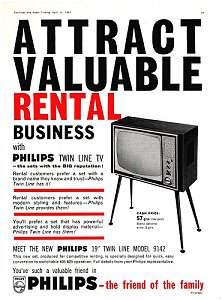 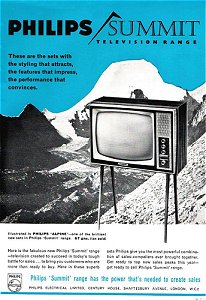 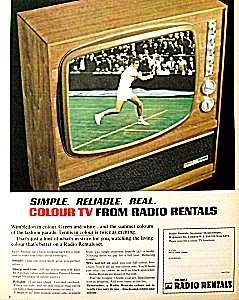 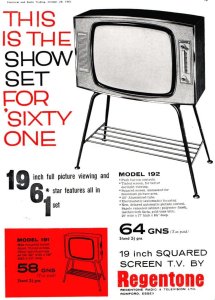 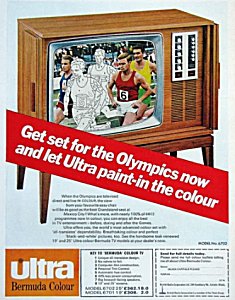 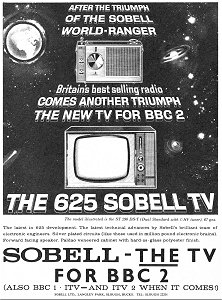 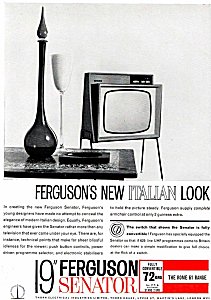 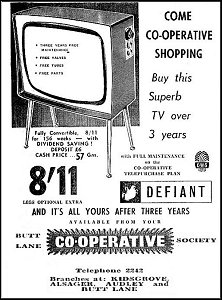 |
| Detector
Vans The first combined radio and TV licence was issued in June 1946 at a cost of £2 but it was to take another six years for a method of detecting non-payers to take to the streets. Radio still dominated the airwaves (Britain's first 'detector' van had been introduced in 1926 to catch radio listeners without a compulsory ten shilling licence) and at the end of 1951 there were 12.5 million broadcasting licenses issued of which only 1.2 million included television sets but the video revolution had begun and more than 67,000 new TV licences were being issued each month. On February 1st 1952 a new method was unveiled for the tracking down of users of unlicensed television sets. The first TV detector vans were developed at the Post Office's experimental radio laboratories in Dollis Hill, London. The detection equipment was demonstrated in front of the Postmaster General, Lord De La Warr and the Assistant Postmaster General, Mr Gammans. The Postmaster General stated that people without licences were receiving free entertainment subsidised by those who had paid and said that he was determined to discover who the non-payers were, although he was sure many people had simply forgotten to get their licence. "We are most unwilling to start a snoop campaign or to follow it up by prosecutions," he added. Claimed by its inventors to be sensitive enough to pick up the vast majority of television receivers, whether the aerials were internal or external, the units consisted of three horizontal loop aerials, fixed to the roof of a vehicle, that received signals issuing from television sets and converted them to radio waves, providing both audio and visual information. By 1955, fleets of new Hillman vans with rotating aerials were cruising suburban streets. Britain's longest-serving TV detector vehicle, the Commer van, was brought into service in 1968 and survived until 1983 when it was replaced by the less striking Volkswagen Transporters. Detector Vans - Fact or Fiction? TV Detector Vans (Pathe 1969) TV and Radio Licence Chronology 1922-1973 1904 Broadcast receiving licenses introduced by the Wireless and Telegraphy Act 1904, made permanent by the 1924 Act. 1922 In Oct 1922 some electrical manufacturing companies set up the British Broadcasting Company. It gained a GPO broadcasting licence and was partly paid for by sponsored programmes from British newspapers and partly from the manufacture of radios. 1923 The Government made a decision not to allow the BBC to fund itself using commercial advertising, instead requiring people to buy a licence in order to receive their broadcasts. The General Post Office licence fee of 10 shillings (50p) is introduced from 1st November. 1926 Radio detector vans are used for the first time. The British Broadcasting Company was dissolved at the end of 1926 and the assets transferred to the nationalised British Broadcasting Corporation.
|
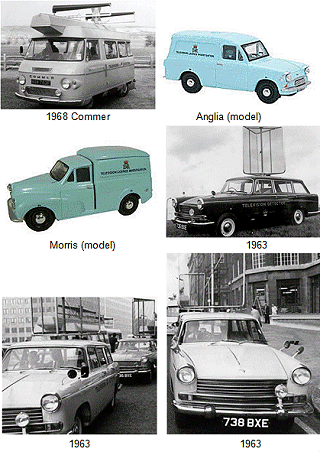 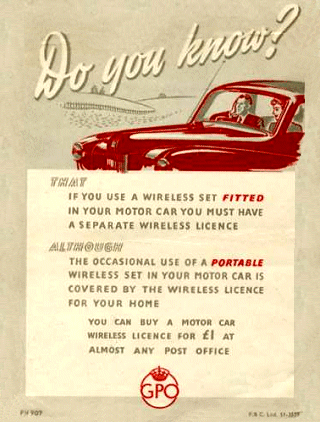
|
|
|
All
Original Material Copyright SixtiesCity
Other individual owner copyrights may apply to Photographic Images |